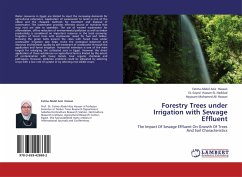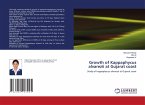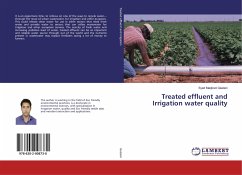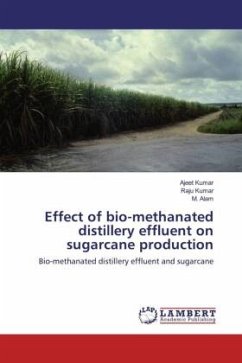Environmental pollution by metals became extensive as mining and industrial activities increased in the late 19th and early 20th century. These pollutants, ultimately derived from a growing number of diverse anthropogenic sources (sewage and industrial waste, runoff from farms and urban areas, domestic garbage dumps and mining operations), have progressively affected several ecosystems. In the present investigation, metals viz., Cr, Cu, Mn, Fe, Co, Ni, Cd, Pb, and Zn were increased in plants, irrigated with 100%, 75%, and 50% effluent concentrations when compared to 25% effluent concentration. The 25% effluent was suitable of the plants because of its richness in most of the essential elements, required plant growth.








